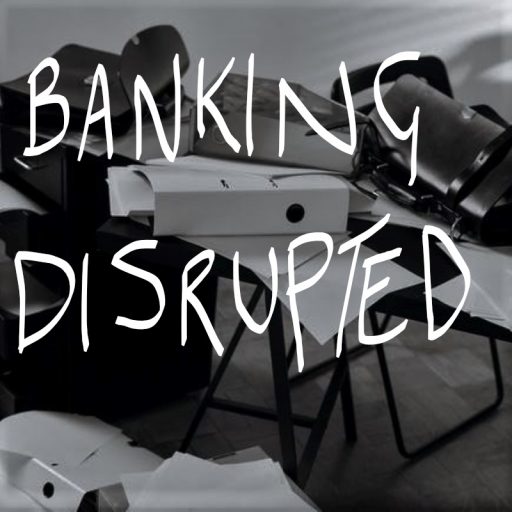The theme of the week has very much been centred on several conversations around improving the commercials of the contact centre business. In an era where budget is scarce, the need to move away from cost reduction to value creation becomes critical. Never has this been more true for the contact centre, something that is traditionally viewed as cost-centred, and not a profit centre.
The 3 key talking points of this week have been very much looking at the financial side of driving customer centricity and operational improvement, in the context of contact centre transformation.
Contact to relationship centre
Very few of us who work in financial services have managed to escape a cost reduction programme in some way, shape or form. Particularly in the realms of the customer contact centre, where this function is very much viewed as an overhead. In a world where digital becomes the panacea for a range of business imperatives, and more and more customers move to self-service, the strategy needs a re-think.
As more simple interactions such as checking your balance or moving money, become simple through a mobile app, only things that cannot be app-tackled now come into the contact centre. The key question then becomes, if the queries are complex and represent a moment of truth, this is a real opportunity to resolve and delight the customer. A real customer relationship now can emerge, based on support, and not following the call handling SLAs. These interactions create advocacy, and are critical for long term customer and organisational growth.
How should this be approached
The approach for turning your contact centre into a relationship hub makes sense in theory. In practice, the approach needs to be carefully thought through to ensure success. One of the frameworks I have seen working very well in some of the Telco’s I have worked with, covers the elements that need to be in play to drive a successful transformation.
- What is the implied service design vision for the customer proposition. How do you want customers to get clarity on their product, work through a query, change something, and be presented with new marketing offers
- What is the de minimis that needs to achieved on compliancy. There are number of requirements around complaint handling, call recording etc that need to be designed into any transformative programme in this area
- What are the call handling processes that can be optimised either through a lean process or robotic automation. Processes that are highly manual, that require pulling data from multiple systems, and lots of toggling between screens should be captured separately. These then get “designed out”, or can form quick wins to release budget for the wider transformation
- What are the implications for the operating model. As what customers need help with changes, there is a need to think what does the team that support those customers also need to look like
- What are the implications on capabilities needed (technology and people) to deliver the service vision. This needs to think about emergent ways of working new technologies and scope to leverage investment already made
- What is the cost of delivering each transformation component. As there are multiple moving parts, putting a business case framework in place will keep you honest. Ensure that each estimation model looked at, uses the same assumptions, and agree up-font on how the in-year ROI builds to create an overall programme ROI
- What is the right sequence needed to deliver value, release cost, and free up funding for future investment.
This approach, coupled with taking your people on the journey with you, yields dividends 10 out of 10 times when viewed as a transformation, and not a cost-reduction exercise
Cautionary tales & myths
There are some urban myths and pitfalls that should be tackled and dealt with up-front to ensure programme success:
- This is not an IT Led, or business Led programme… you need both
- Not all platforms are future proofed… remember modular gives more options
- Business case management is critical as this programme will be expensive, and multi-year and you will need to show the value
- Engage actual customers in your design
- Learn from other industries that have made mistakes in this space, and avoid those mistakes
- Make room for the future… get a view from emerging Fintechs
There is never a perfect formula for creating transformative value, but there are some quality questions that can be asked to ensure you develop the formula that works for you and your organisation.




